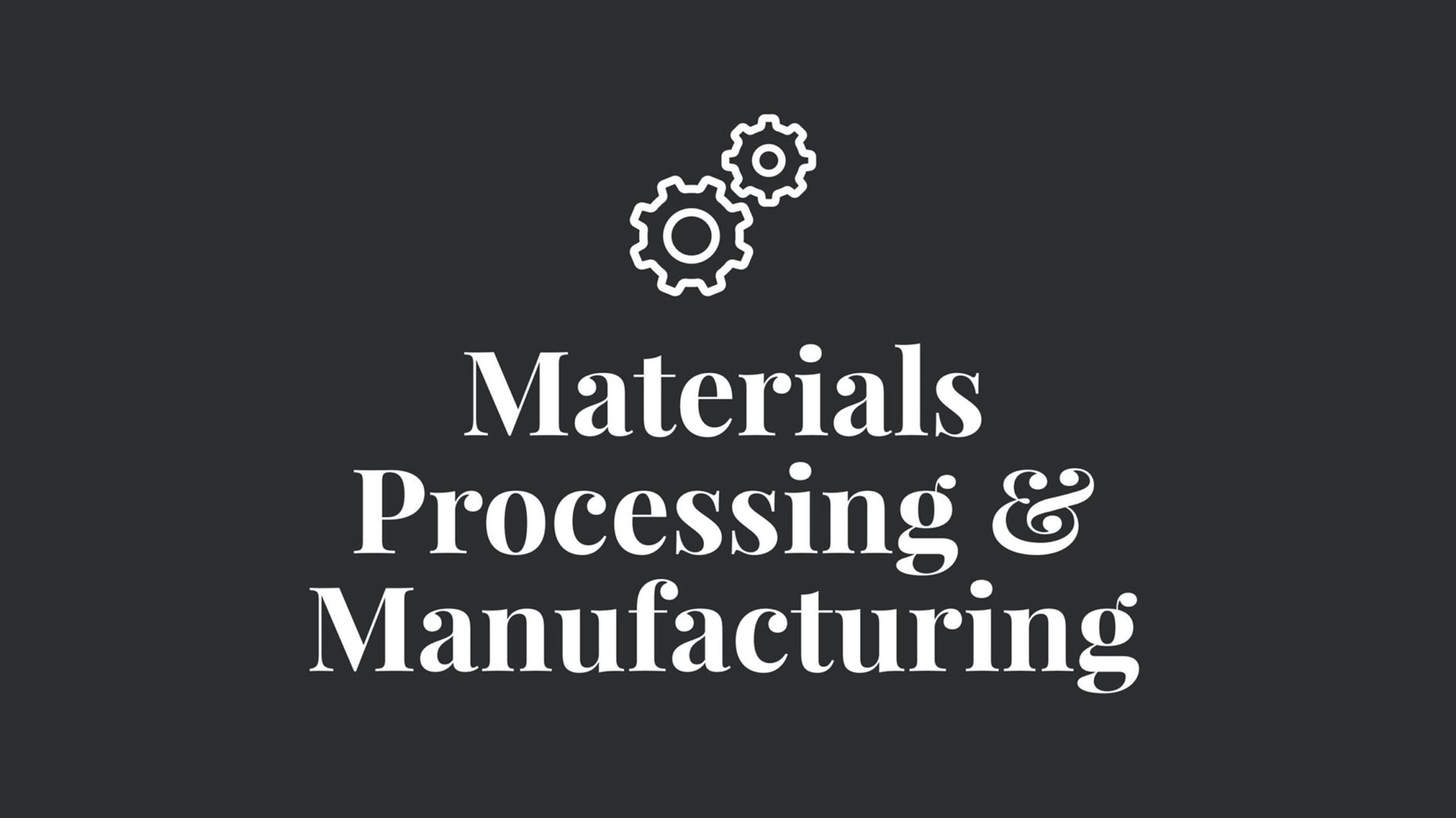The CFDA released the Guide to Sustainable Strategies in January 2019 as part of the organization’s larger Sustainability Resource Hub.
The guide, authored by Domenica Leibowitz, seeks to provide a “how to” overview for sustainable fashion. The guide’s goal is to take the complex idea of sustainability and simplify it into clear, digestible resources and actions, available to all.
Materials Processing & Manufacturing
We often think of sustainable fabrics as those that are made out of more sustainable materials. But the many steps that happen between raw material cultivation and a finished fabric can have a significant impact on people and the environment. This part of the process is materials processing.
For most fashion materials, fiber is processed and spun into a yarn, which then gets woven into cloth. After a material is woven or made, additional processing involves multiple stages. Many of these processes including water and liquid solutions that and are referred to as “wet processing”. Each step could take place at different facilities, or may be part of one vertical facility.
Manufacturing usually refers to the assembly of finished materials and components to create a final product, but can also include wet processing. The same tools and resources can be used to measure environmental impact in materials processing and manufacturing facilities.
In this section you will learn about what goes into materials processing, as well as tools to help you implement more sustainable practices.
It is important to note that a significant factor in materials processing and manufacturing has to do with the facility itself. To implement sustainability at the building level please see Sustainable Buildings and Offices.
View the “Materials Processing & Manufacturing” chapter of the CFDA Guide to Sustainable Strategies here.



